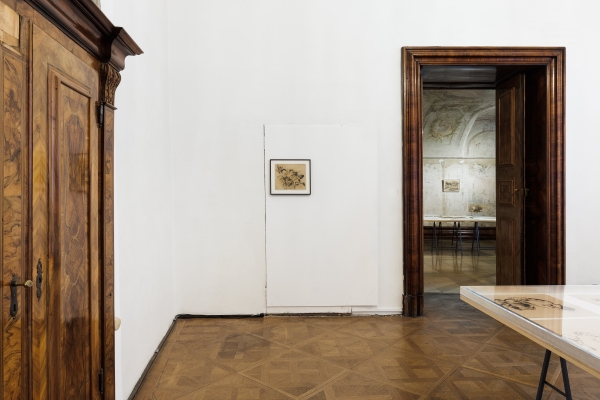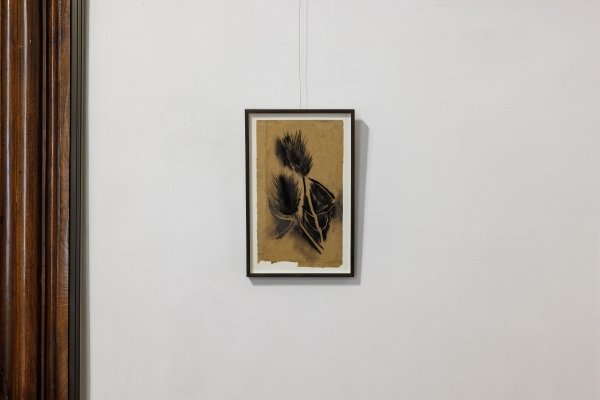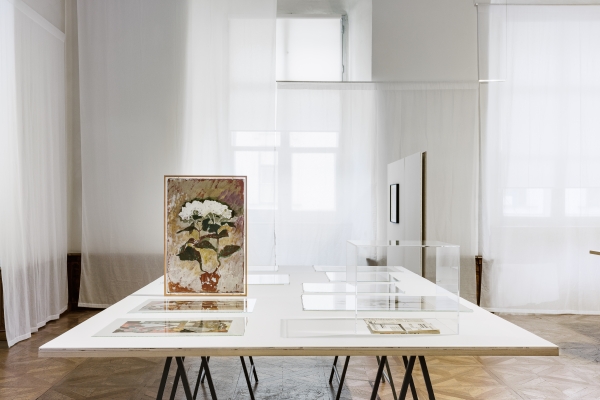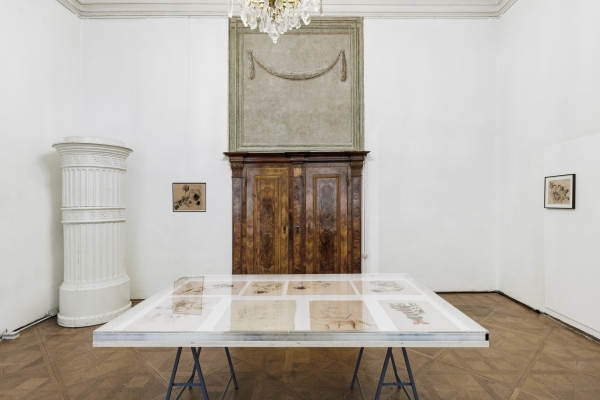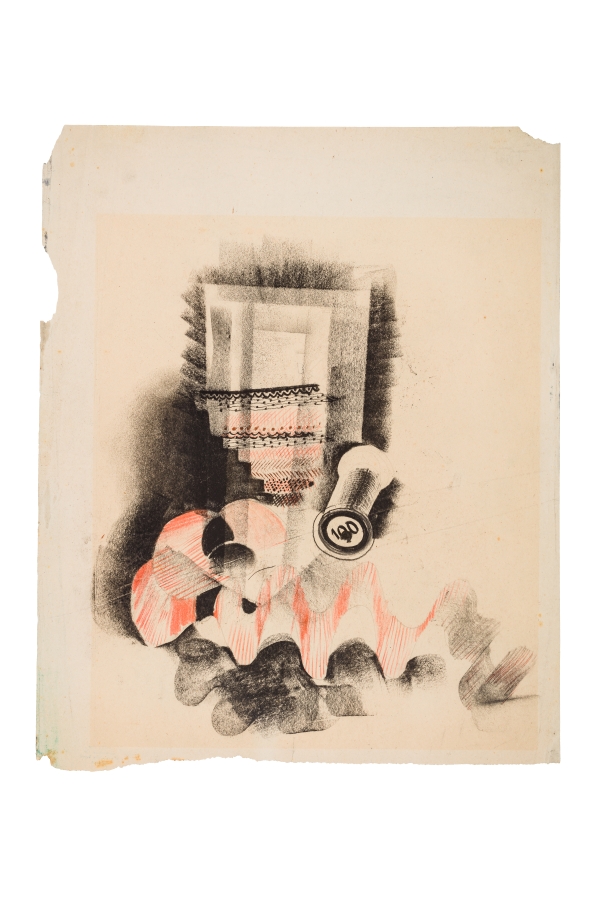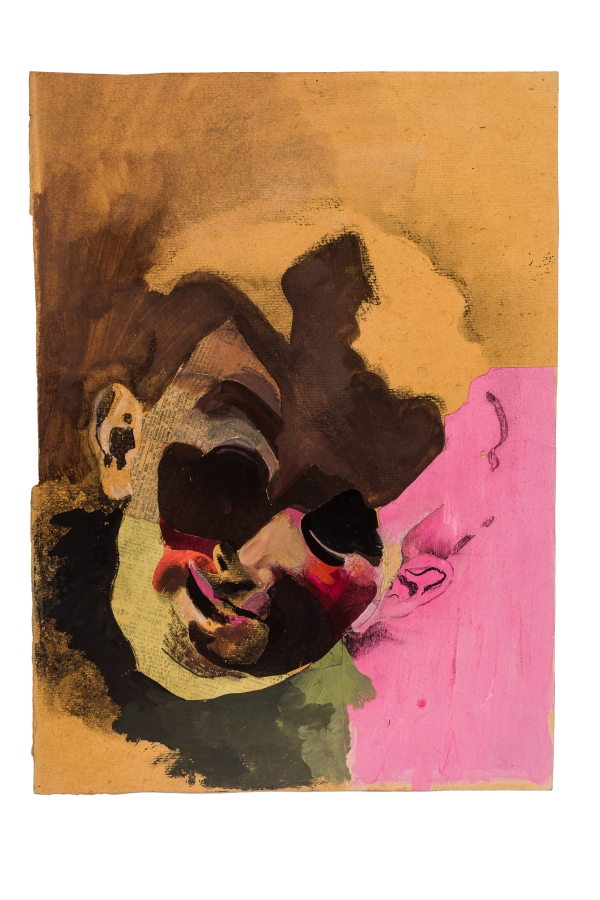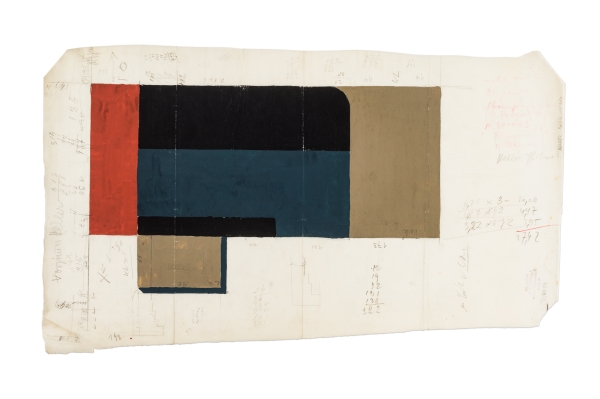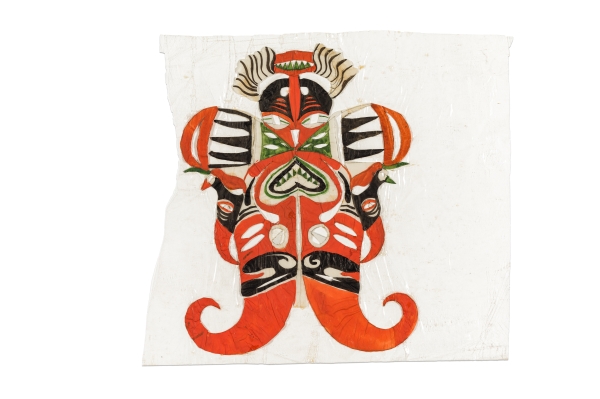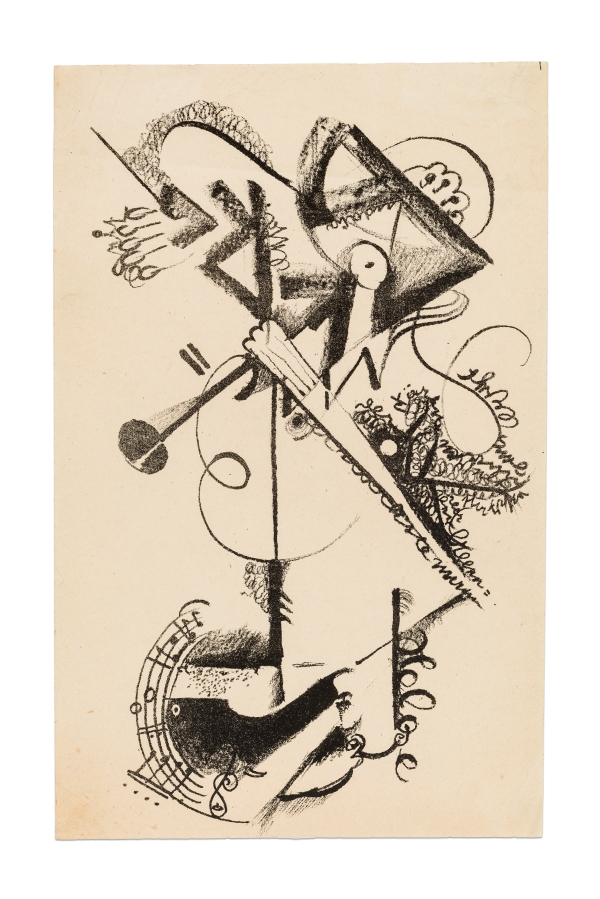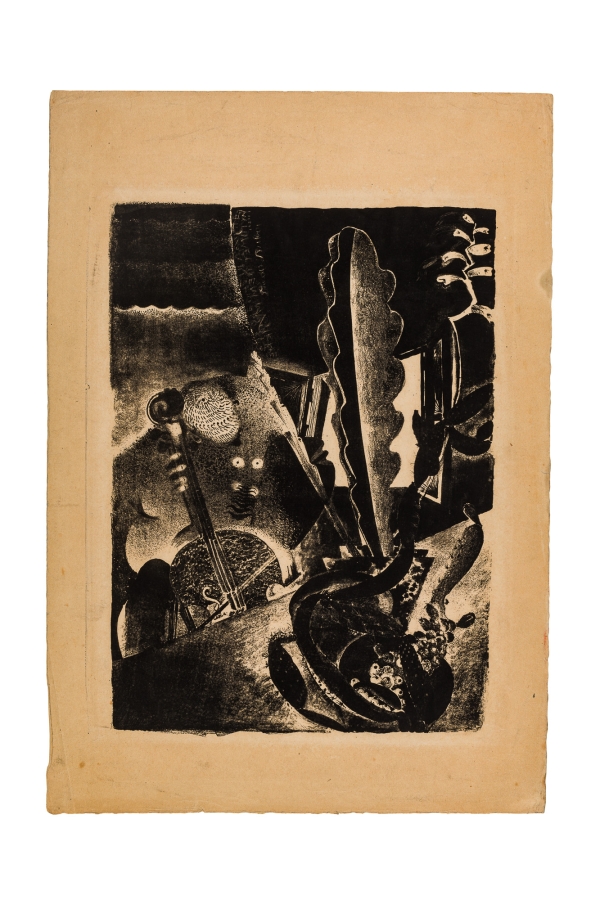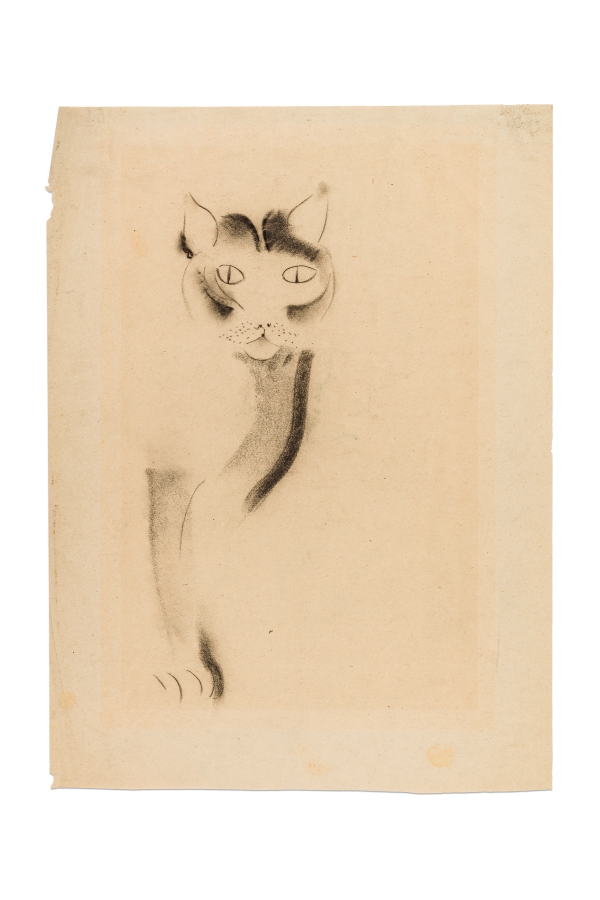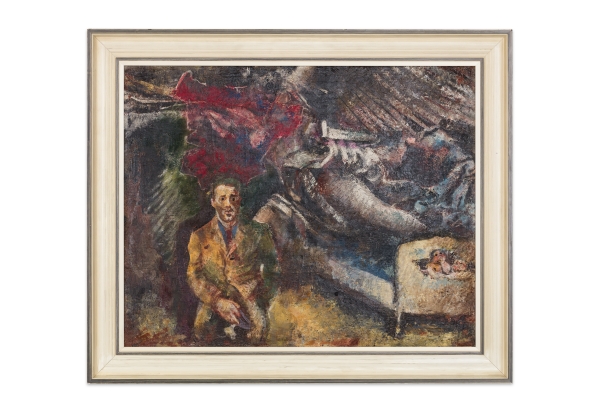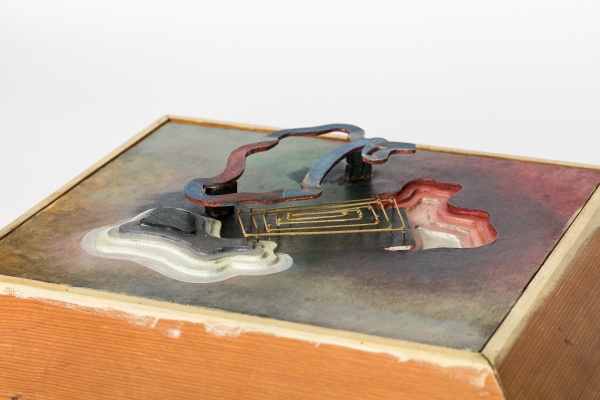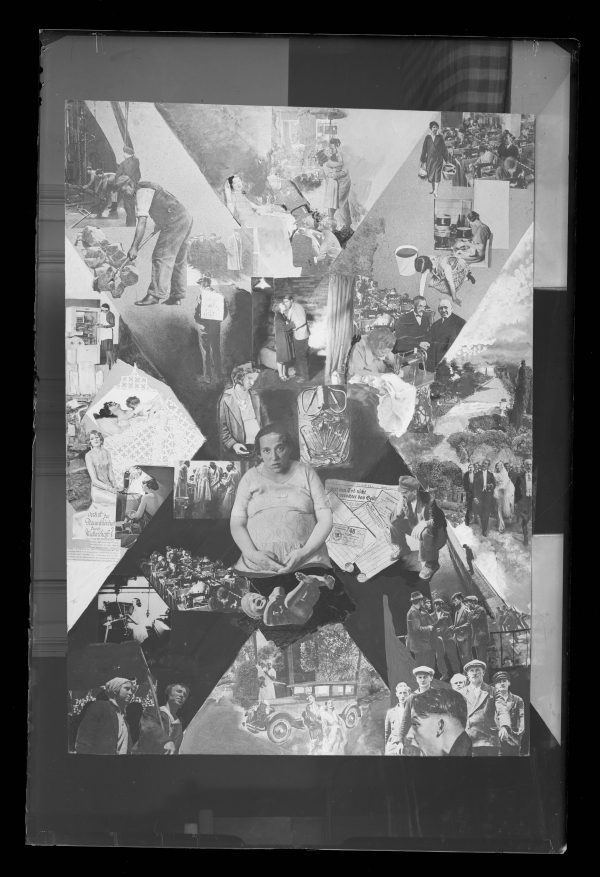Friedl
Dicker-Brandeis. Werkstätten bildender Kunst
Exhibition in UAA Gallery
19.09.2022
Friedl Dicker Brandeis. Workshops
for Visual Arts
The artistic work of Friedl Dicker-Brandeis (1898-1944) is marked by production across media,
ranging from graphics and paintings to designs for costumes and stage sets, toys, interiors and modular furniture, through
fabrics, bags, and book covers to politically engaged art. Throughout her short career she also worked as an art teacher –
a practice she pursued even after she was deported to the concentration camp Terezín and up until her murder at Auschwitz
in 1944. Dicker’s oeuvre emerges from her on-going professional engagement with a variety of environments and collaborations.
Its complexity distinguishes her as an outstanding artist; however, she also belongs to a generation of women artists still
only present at the margins of the received history of European Modernism.
There are various reasons for Dicker’s neglect
and the prevailing reading of Dicker as merely the partner of the architect Franz Singer. Her gender, class, and ethnic identity
have played just as large a role in this process of marginalization as has the material destruction of central parts of her
rich architectural oeuvre – a destruction itself contingent upon her oppression as a socialist and her persecution as a Jew
under the rise of fascism and the National Socialist regime. Still today, the engagement with her oeuvre requires to be continued.
The tendency of 20th-century art history to uphold a separation of genres and of media
as well as the segregation of the visual and the applied arts have certainly complicated attempts to classify and interpret
Dicker's interdisciplinary oeuvre. The transgression of established categories is already reflected in the artist’s early
work. In naming their first company “Werkstätten bildender Kunst GmbH” (Workshops for Visual Arts), Dicker and Singer articulated
an understanding of their cross-genre multimedia artistic production as visual arts and material labor for social
life as a whole. The exhibition takes up this observation. Based on works from the collection of the University of Applied
Arts Vienna, the show explores the material, formal and thematic versatility of Dicker’s artistic production and thereby aims
to deepen and differentiate the perspectives on the artist’s oeuvre. It not only addresses the artist’s diverse working methods
and their political contexts but also makes visible the intellectual and artistic milieus with which she was associated. To
this end, the exhibition sheds light on her multifaceted education at institutions such as the Wiener Graphische Versuchs-
und Lehranstalt, the Wiener Kunstgewerbeschule, and the Weimar Bauhaus. It reconstructs her diverse personal networks reaching
far beyond the art field, and traces her own engagement with contemporary developments in art and theory. Friedl Dicker-Brandeis
thus becomes visible as a figure who, despite her precarious living and production conditions as a jewish, socialist woman
from the lower middle class, elaborated versatile, unusual and resistive art works for many different communities and contexts.
The exhibition furthermore explores a collection that includes works from all important phases of the artist’s
work. It is closely connected to the engagement of Oswald Oberhuber, who as an artist, curator and rector of the University
of Applied Arts Vienna was committed to the re-establishment of avant-garde artists and figures of the Austrian cultural landscape
who had been murdered, displaced and marginalized by fascism. He presented the artist for the first time in his exhibition
Österreichs Avantgarde 1900 - 1938. Ein unbekannter Aspekt (Austrian Avant-garde 1900 - 1938. An unfamiliar
aspect) at Galerie nächst St Stephan in 1976 as well as in the show Die Vertreibung des Geistigen aus Österreich. Zur
Kulturpolitik des Nationalsozialismus in 1985. Georg Schrom and Stefanie Trauttmansdorff continued his engagement with
their exhibition 2 x Bauhaus in Wien. Franz Singer, Friedl Dicker (2 x Bauhaus in Vienna. Franz Singer,
Friedl Dicker) at the former School of Applied Arts Vienna in 1988/89.
The exhibition Friedl Dicker-Brandeis.
Workshops for Visual Arts is related to a two-year research project whose results will be published in the publication
Friedl Dicker-Brandeis. Works from the Collection of the University of Applied Arts Vienna, edited by Stefanie Kitzberger,
Cosima Rainer and Linda Schädler. The book will be presented during the Vienna Art Week on November, 22, 2022 in the grand
auditorium of the University of Applied Arts Vienna.
In spring 2023, the exhibition will be shown at the
Graphische Sammlung ETH Zurich.




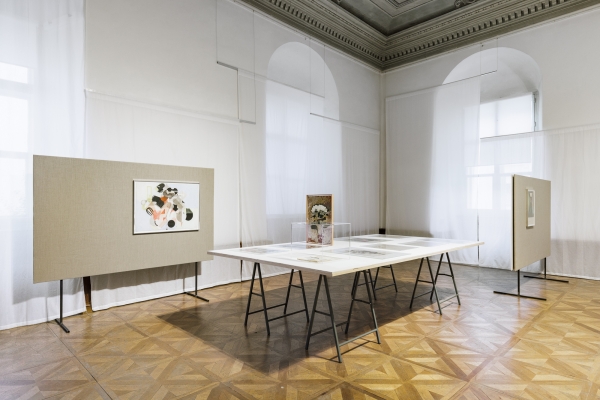
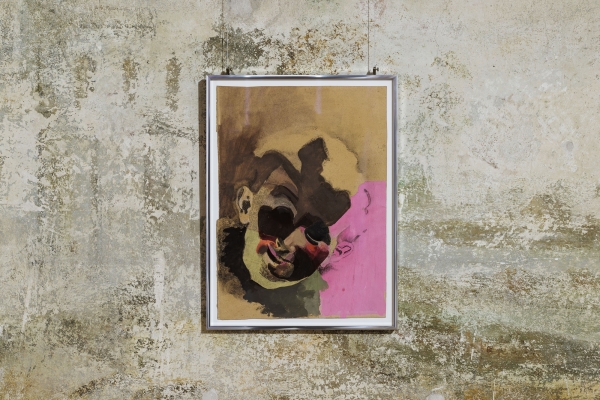

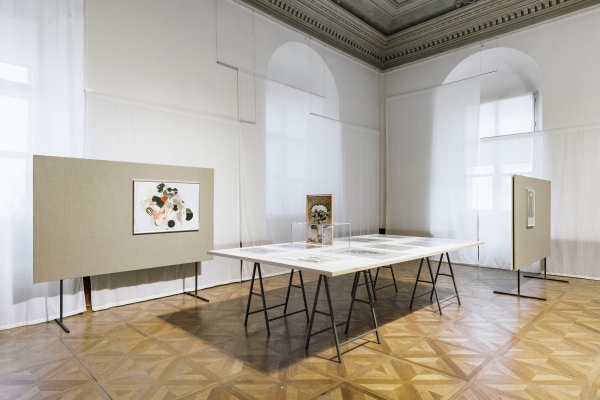
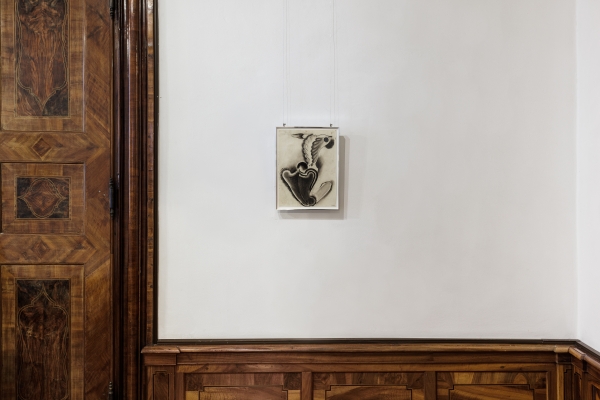
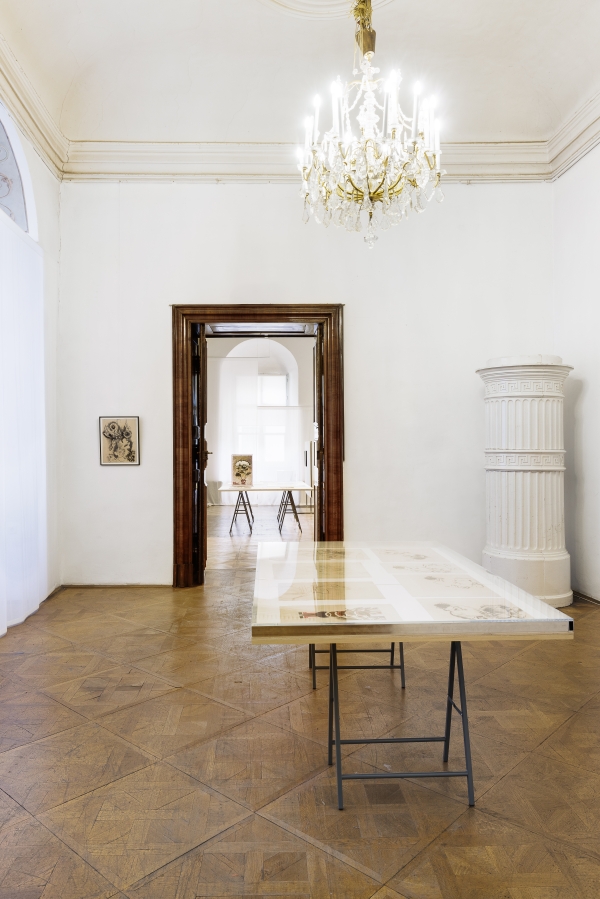
![Ausstellungsansicht Friedl Dicker-Brandeis.Werkstätten bildender Kunst, Disteln, um 1920, Eine negative und positive
Variation derselben Form von einem Kraftfeld gehalten und [von einem] Band überschwebt, 1941 © Kunstsammlung u](/jart/prj3/angewandte-2016/images/cache/60257df983849a51dd3b4f42c3585749/0xDE4D1B9CC121E4243AE03A8921217335.jpeg)
